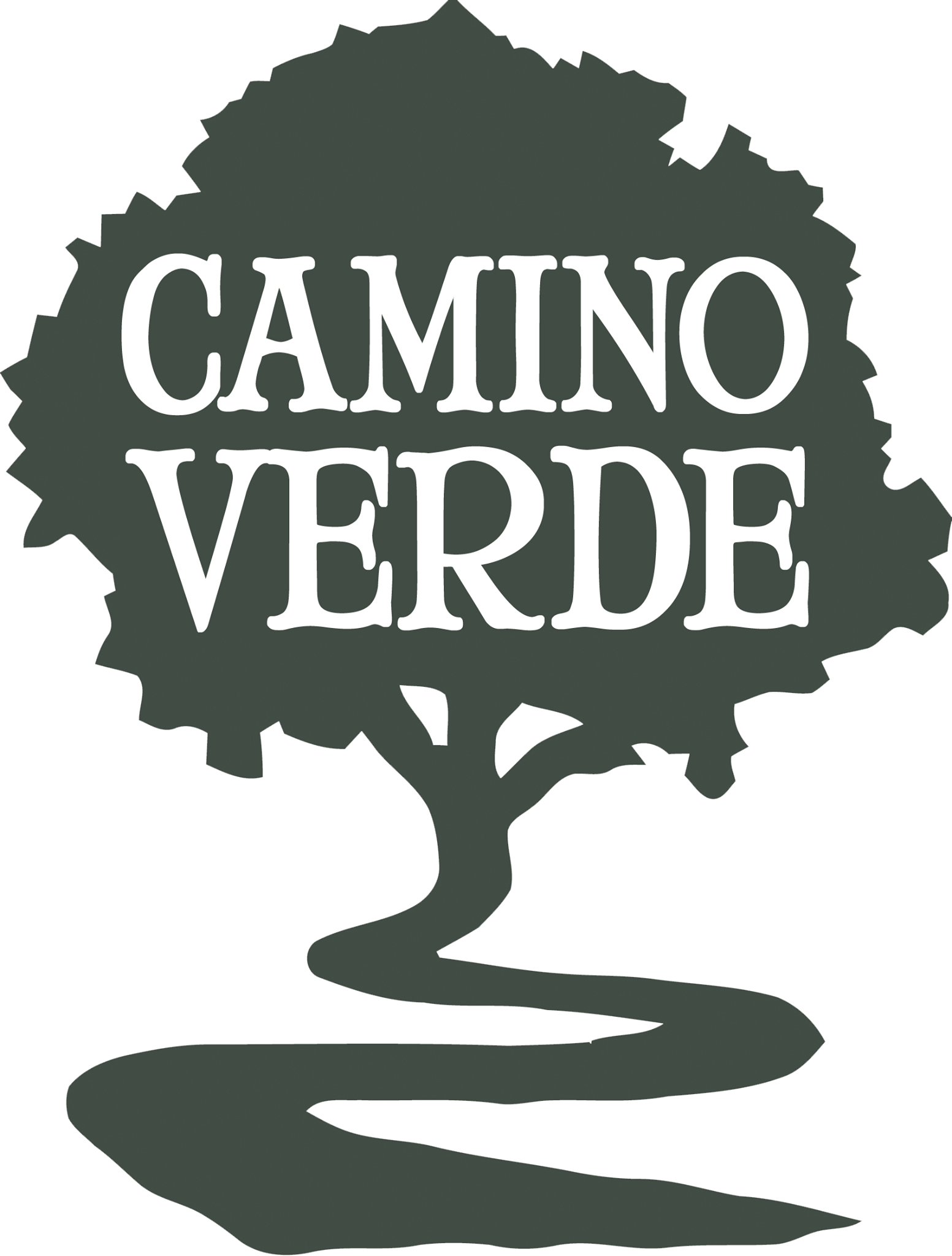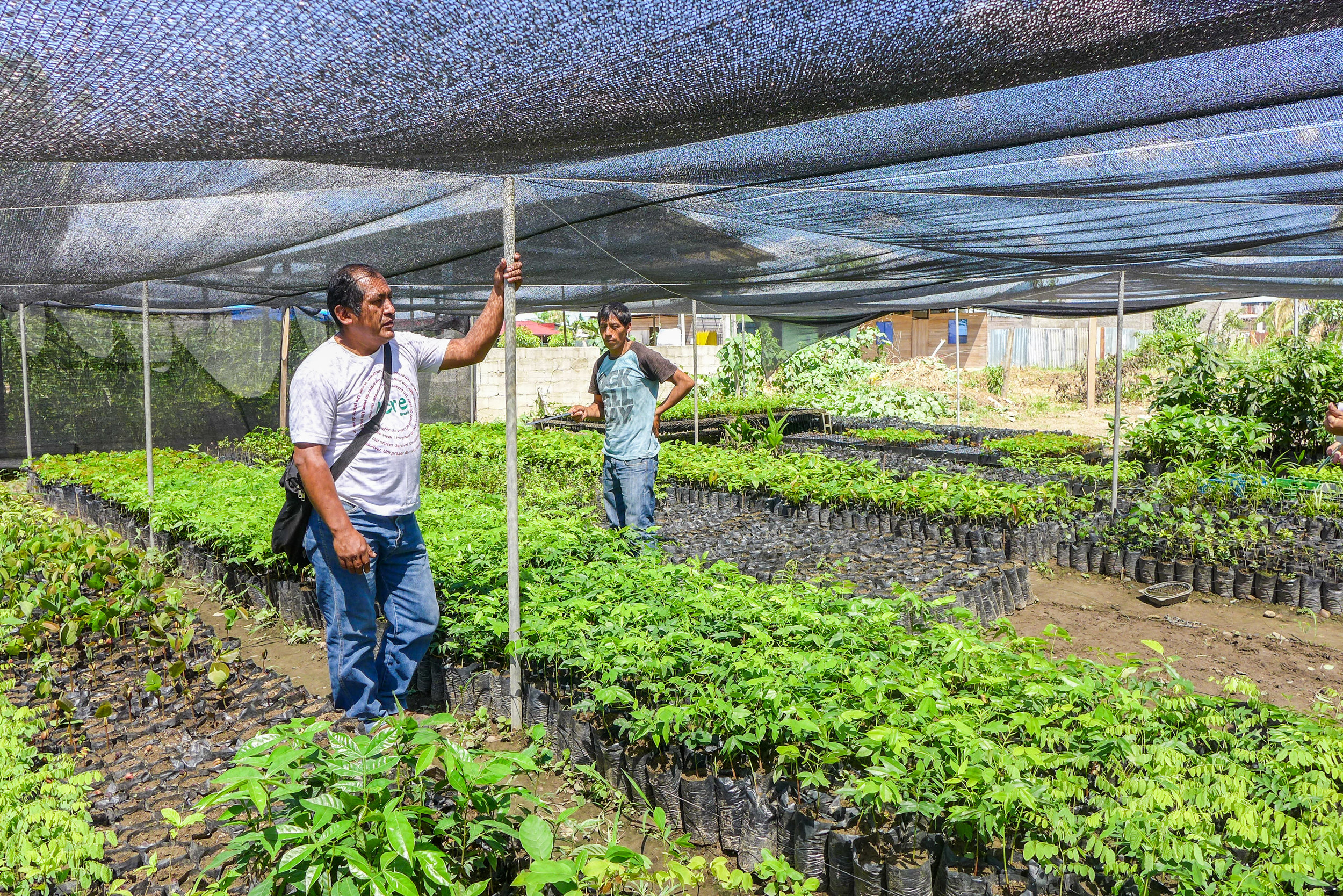Investing in Knowledge, Investing in Native Trees
Recently I had the pleasure of meeting the amiable representative of an investor group that has a stake in a reforestation scheme in Madre de Dios, the region of the Peruvian Amazon that is arguably the world's greatest remaining treasure in terms of a relatively intact, relatively large area of tropical forest. The investors were turning their money into teak trees, which will turn into more money. They had reason to be confident about this: teak is one of the most valuable timbers in the world and its commercial reforestation is common in a number of areas of the tropics, including Southeast Asia and Latin America.
Teak is so popular as a species for commercial reforestation in part because its timber is very valuable and in part because its growth rate is known – investors know what to expect for their ROI. Similarly, documented experience with species like pine and eucalyptus encourages the reforestation of these exotic trees on a grand scale, while many native trees remain poorly studied and little planted.
While it's hard to expect an investor to take a wild leap of faith – and reforestation is already a risky business – it's also rather unconscionable that the greatest impediment to massive restoration of native tree species around the world is our ignorance about how they grow. We don't know what Return on Investment to expect, and therefore we leave these trees to the side. Unfortunate, as many of the native trees are very valuable and in some cases can give the exotics a run for their money as far as productivity.
Take Amazonian ironwood, Dipteryx micrantha, a tree whose eligibility as an endangered species was recently questioned by a timber interest group mainly because they wanted to keep logging it. This emergent tree is the preferred nesting place of the harpy eagle, the world's most powerful raptor, and as such is an obvious conservation target. Somewhat surprisingly for a tree with wood so dense, ironwood grows quickly, showing amazing vertical gain even without lateral competition for light, a property that makes it well suited for inclusion in agroforestry systems.
The value of native trees is well known to the extractivist economy, but overlooked and little understood in a context of silviculture (reforestation). Photo thanks to Jason Edwards / National Geographic.
If it's true that the key missing ingredient for more reforestation of native species is more knowledge, it's also true that there are those working to address this lacuna. In the Peruvian Amazon, Camino Verde is working to bridge the gap with an ever-growing body of knowledge about the performance of over 300 native tree species. With 2 forestry nurseries producing more than 100 species of trees a year, it is our team's mission to push the agenda of native species restoration throughout the Peruvian Amazon and beyond.
Camino Verde's forest nursery manager Manuel Huinga shares, "There are tree species that when I was growing up were abundant, and now are found only deeper and deeper in the forest. It's our work to find the seed-bearing trees and propagate more of these species that will be extinguished without our intervention. Many of these trees grow surprisingly well, making us question why exotics are preferred. If we have all the facts, native species will be able to speak for themselves."
The nursery is a living commitment to giving native trees – with their fruits, medicines, timbers, and more – the chance to speak for themselves. And Camino Verde's planting activities are a chance for ecologically restorative strategies to demonstrate their value. This year we produce 20,000 seedlings representing 120 species. Next year, we hope to do more.
The need to build a world with more room for investment in native trees is common sense and is imperative. You can be a part of this important work of planting native trees and restoring the rainforest. Make a donation to Camino Verde; share this post with others who care; think twice before you buy something you don't need. Be a part of the solution.
Camino Verde is part of an informal network of reforestation efforts in Madre de Dios that includes Instituto de Investigaciones de la Amazonía Peruana IIAP, Centro de Innovación Científica Amazónica CINCIA, and private nurseries.



